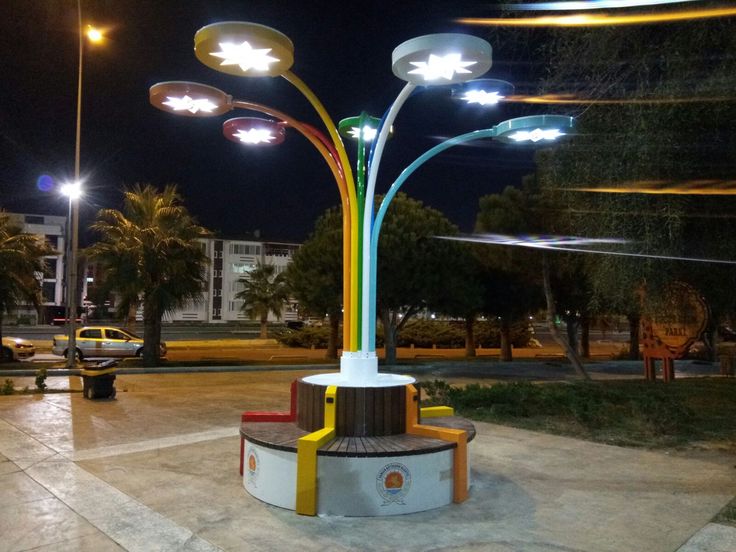Advances in Solar Technology: A comprehensive guide to Heterojunction Solar panels
(Heterojunction solar panels are used to make solar panels.)
Engineers and researchers are still coming up with new techniques to extract an increasing amount of electricity from sunshine after all these years. One of the newest innovations in the consumer solar panel sector is heterojunction solar cells.
It might be challenging to tell one kind of panel from another when looking for efficient building integrated photovoltaics (BIPV) to install in your structure as a business owner. We’ll examine the newest heterojunction technology in this post.
What is a heterojunction solar panel?
HJT solar panels use a combination of HJT solar cells. These cells combine the advantages of thin-film technology with crystalline silicon. They are made of an N-type monocrystalline silicon basis with surface-mounted undoped amorphous silicon layers. Because of their distinctive arrangement, which increases their effectiveness and performance, they can be assembled into solar panels for a variety of applications.
How does the HJT operate?
Three distinct layers of photovoltaic material make up heterojunction solar panels. Amorphous “thin-film” silicon and crystalline silicon are combined into one HJT cell technology. The top layer of amorphous silicon absorbs light from the sun and light reflected off the layers below before it reaches the crystalline layer. Monocrystalline silicon, which makes up the middle layer, is responsible for transforming most of the sun’s energy into electrical energy. Lastly, the crystalline silicon will be surrounded by another amorphous thin-film silicon layer. This last layer gathers the photons that were left over after passing through the first two layers.

The future of HJT in India
Many private Indian companies, including Reliance and Goldi Solar, have expressed curiosity about HJT solar technology. It’s interesting to note that, despite the availability of other well-liked and effective solar technologies, the Indian market is seeing a rise in demand for HJT solar panels.
Due to the previously indicated opportunities for HJT, several Indian companies are also pursuing technological advancements to enhance the current solar photovoltaic panels. Reliance took action last year when it paid $771 million to acquire REC Solar Holdings, a producer of HJT technology modules. That was just the start of HJT for the Indian major. Reliance contracted with Maxwell Technology to buy 4.8 GW of HJT cells annually. Maxwell will provide 600 MW of manufacturing capacity for REC Alpha Pure-R, the company’s most recent HJT innovation.
The market for privately owned solar is anticipated to grow significantly, which is another factor driving the adoption of HJT. In this scenario, durability and overall efficiency are just as important as the lowest cost.

Benefits of Heterojunction Solar Cells
The following are some of the major benefits of installing HJT solar cells in your building:
- Greater efficiency: The HJT panels have efficiencies between 19.9% and 21.7%. As compared to other traditional monocrystalline cells, this is a huge improvement.
- Cost reductions – HJT panels employ amorphous silicon, which is an affordable solar technology. Compared to other previous technologies, the manufacturing procedure for this thin-film solar needs less time. HJT may prove to be more economical than other options due to its streamlined manufacturing process.
- Flexibility and resilience: This technology was designed to provide exceptional manufacturing capacity even in the face of severe weather. Because HJT panels feature a lower temperature coefficient than traditional solar panels, they operate well in hotter weather.
- Good temperature coefficient: The technology of heterojunction solar cells is less susceptible to temperature variations. This makes it ideal for use in environments where high temperatures may hurt the functionality of conventional C-Si modules.
Conclusion (HJT solar panels)
A potential technique with significant documented efficiency is heterojunction. Thanks to this technology, the solar industry may now raise the daily PV module’s efficiency and lower the Levelized Cost of Energy (LCOE) associated with solar power. Moreover, HJT is said to be better since it maximizes power generation while minimizing energy usage by applying engineering concepts.
If you are looking for the best heterojunction solar solutions on the market, look no further than Variate Solar. Get in touch with Variate Solar today to learn more about your solar requirements.



